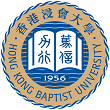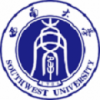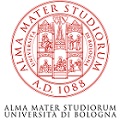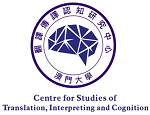The main aim of this chapter is to tackle the question of how to best assess the use of electronic corpora in translator education, from both the teaching and learning perspective, to which end we present a range of instruments specifically designed for this purpose. The chapter describes the pedagogical proposal (Rodríguez-Inés 2008) in the context of which such evaluation has been carried out. The proposal includes seven original teaching units for different levels, and is aiming to fulfil translation market and translator training needs. The results of their implementation with several groups of students and in different classroom subjects are set out further on.
With regards to research into education, our interest is focused on the so-called ‘action-research’, which is a process of deep inquiry into (teaching) practices, one that is geared to transforming them (Hopkins 1989; Winter 1989; Latorre, Del Rincón and Arnal 1996; Suárez Pazos 2002, etc.). The research presented here is mainly descriptive and uses qualitative and quantitative methods to collect data on teaching and learning about using electronic corpora in translation teaching. The aim of using corpora in translation teaching is to develop translation competence in general, and instrumental competence in particular. More specifically, using electronic corpora to translate can improve translator training by making it less dependent on the lecturer’s experience and more focused on students, their learning process (through reflection and discovery in particular) and the development of their autonomy, as advocated by Aston (1997) and Zanettin et al. (2003).
The chapter firstly establishes the pedagogical bases of our proposal for the development and assessment of competence in using electronic corpora to translate. The competence components and contents are briefly described, and a teaching unit designed as an introduction to the use of electronic corpora to translate is presented as an example of how the competence can be developed. The section on the actual assessment of the competence includes an open list of its indicators and presents several instruments for the assessment of both learning and teaching. The chapter closes with some interesting results from the evaluation of the teaching proposal.










































